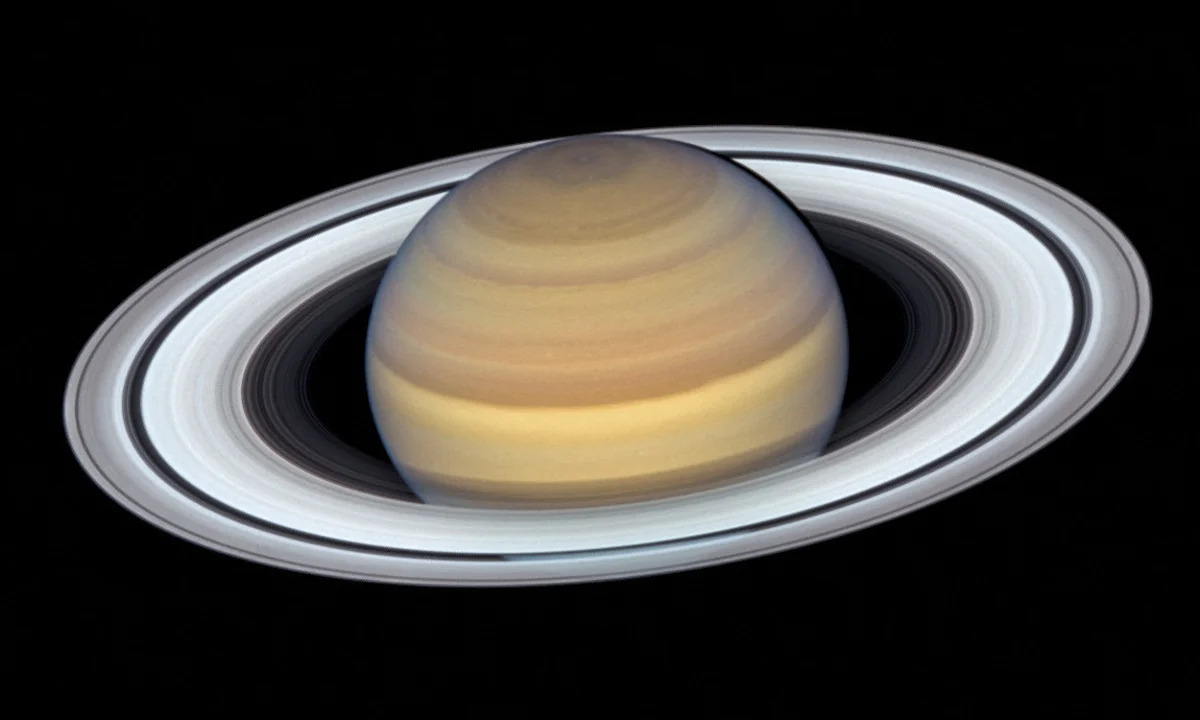Our solar system is a fascinating place filled with planets, asteroids, comets, and moons. Among these celestial bodies, moons—natural satellites orbiting planets—have always intrigued astronomers. While Earth has just one moon, some planets have dozens or even hundreds. So, which planet has the most moons? The answer is Saturn, which currently holds the record with the highest number of confirmed moons.
In this article, we’ll explore Saturn’s moons, how they were discovered, and why this gas giant has so many natural satellites compared to other planets.

Saturn: The Moon King of Our Solar System
As of recent astronomical findings, Saturn has 146 confirmed moons, making it the planet with the most moons in our solar system. This number surpasses Jupiter, which previously held the record with 95 confirmed moons.
Why Does Saturn Have So Many Moons?
Several factors contribute to Saturn’s large moon count:
-
Massive Size and Strong Gravity – Saturn is the second-largest planet in our solar system, with a strong gravitational pull that captures passing asteroids and comets, turning them into moons.
-
Ring System Influence – Saturn’s iconic rings are made of ice and rock, and some of these particles clump together to form small moons.
-
Distant Orbit – Located far from the Sun, Saturn’s environment allows it to retain many captured objects as moons, unlike inner planets like Mercury or Venus.
Notable Moons of Saturn
While Saturn has hundreds of moons, some stand out due to their size, unique features, or potential for hosting life:
1. Titan
-
Largest moon of Saturn and the second-largest in the solar system (after Jupiter’s Ganymede).
-
Has a thick atmosphere rich in nitrogen and methane.
-
Contains lakes and rivers of liquid methane and ethane.
-
Considered a potential candidate for microbial life.
2. Enceladus
-
A small, icy moon with geysers shooting water vapor into space.
-
Scientists believe it has a subsurface ocean that could harbor life.
3. Rhea
-
Saturn’s second-largest moon.
-
Made mostly of ice with a rocky core.
4. Iapetus
-
Known for its two-tone coloration (one side dark, the other bright).
-
Has a massive equatorial ridge, giving it a walnut-like shape.
5. Mimas
-
Often called the "Death Star" moon due to a massive crater resembling the Star Wars space station.
How Are New Moons Discovered?
Astronomers discover new moons using advanced telescopes and space missions like:
-
Ground-based telescopes (e.g., Mauna Kea Observatory in Hawaii).
-
Space probes (e.g., Cassini mission, which studied Saturn for 13 years).
-
Improved imaging technology, allowing detection of smaller, fainter moons.
Many of Saturn’s smaller moons are irregular, meaning they have eccentric orbits and were likely captured by Saturn’s gravity.
Could Saturn’s Moon Count Increase?
Yes! Astronomers frequently discover new moons around Saturn and other gas giants. As technology improves, even more tiny, distant moons may be detected.
Comparison with Other Planets
Here’s how Saturn’s moon count compares to other planets:
| Planet | Confirmed Moons |
|---|---|
| Saturn | 146 |
| Jupiter | 95 |
| Uranus | 27 |
| Neptune | 14 |
| Mars | 2 |
| Earth | 1 |
| Venus | 0 |
| Mercury | 0 |
Saturn is the undisputed leader when it comes to the number of moons in our solar system, with 146 confirmed moons and possibly more to be discovered. Its massive size, strong gravity, and distant location make it a prime candidate for capturing and retaining natural satellites.
From the hydrocarbon lakes of Titan to the icy geysers of Enceladus, Saturn’s moons offer endless opportunities for scientific exploration. As technology advances, we may uncover even more secrets about these fascinating celestial bodies.
So, the next time someone asks, “Which planet has the most moons?”, you can confidently say—Saturn!
FAQs
Q: Does Jupiter have more moons than Saturn?
A: No, Saturn currently has more confirmed moons (146) than Jupiter (95).
Q: Could a moon of Saturn support life?
A: Titan and Enceladus are considered potential candidates for microbial life due to their subsurface oceans and organic compounds.
Q: How do astronomers count moons?
A: They use telescopes and spacecraft to track orbiting objects, confirming their status as moons through repeated observations.
Q: Will Saturn always have the most moons?
A: For now, yes, but future discoveries could change this if more moons are found around Jupiter or other planets.
Ilmkidunya








.gif)


































